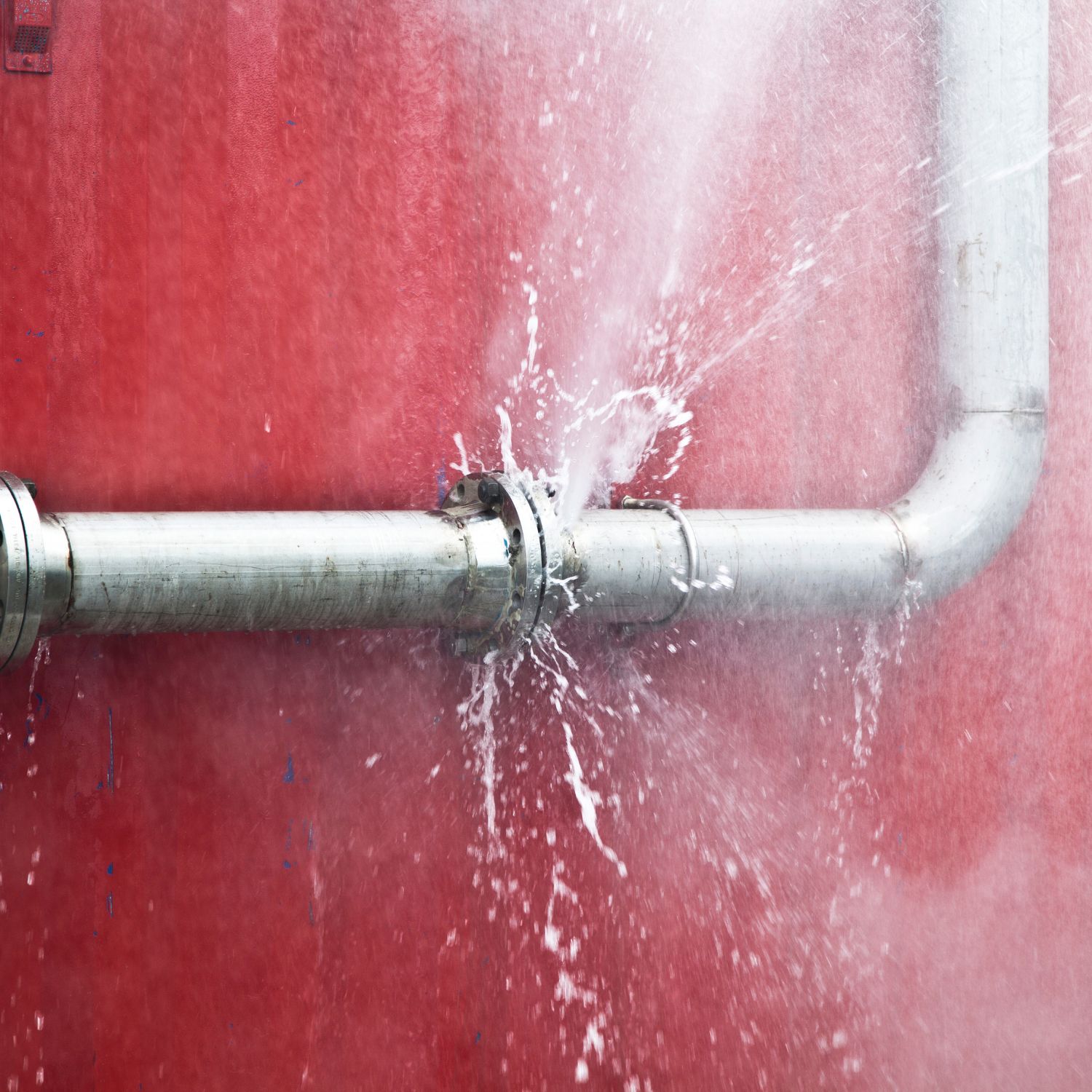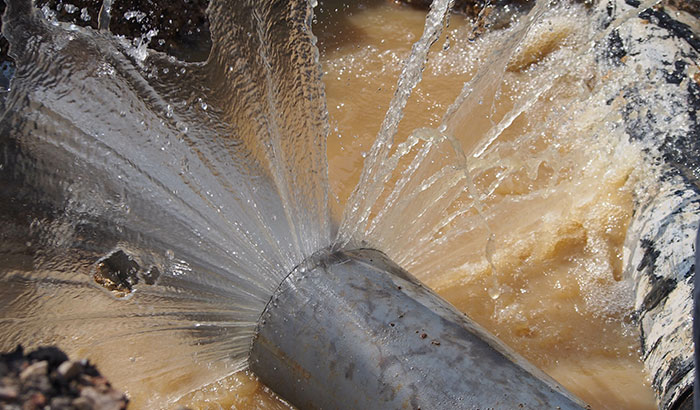Preventing a Burst Pipe: Tips for Protecting Your Plumbing During Winter
Preventing a Burst Pipe: Tips for Protecting Your Plumbing During Winter
Blog Article
Stopping Burst Pipes: Important Tips to Protect Your Pipes
Protecting against burst pipes is a vital issue for homeowners, specifically during chillier months when the risk of freezing is heightened. Applying calculated measures such as proper insulation, routine assessments, and preserving constant interior temperatures can considerably reduce the chance of pipe failure.
Understand Pipeline Vulnerabilities
Comprehending pipeline vulnerabilities is vital for effective pipes upkeep and stopping pricey damage. Several aspects add to the susceptibility of pipes to ruptureds, including material structure, age, and environmental conditions. Older pipes, particularly those made from galvanized steel or polybutylene, usually degrade gradually, resulting in enhanced threat of tears and leaks.
Temperature variations can additionally substantially impact pipe honesty. In cooler climates, water trapped in pipes can freeze, expanding and putting in pressure on the pipe walls, which may inevitably bring about a burst. In addition, high water stress can stress pipes, specifically at joints and bends, increasing the probability of failure.

Insulate Pipeline Appropriately
Proper insulation of pipes is important for stopping freezing and subsequent ruptureds throughout winter (burst pipe). Insulating your pipes system efficiently safeguards versus temperature level goes down that can cause pricey damages. Begin by recognizing vulnerable locations where pipes are revealed to outdoor temperatures, such as cellars, attics, and outside wall surfaces
Use foam pipeline insulation sleeves or cover insulation tape around these locations to give a protective obstacle. Guarantee that all sections of the pipelines, specifically those with minimal heat exposure, get appropriate insulation. Pay unique attention to installations and joints, as these are more at risk to cold.
When insulating, it's important to choose materials that satisfy local building regulations and are appropriate for the details setting. Fiberglass insulation is frequently recommended for its thermal resistance residential or commercial properties. Furthermore, think about utilizing warm wires or tape in extreme problems, which can be connected in to provide extra warmth
Routinely evaluate protected pipelines for any type of signs of wear or damage, as compromised insulation can decrease its performance. By taking these positive measures, you dramatically lower the threat of pipe bursts, guaranteeing a dependable plumbing system throughout the cold weather.
Maintain Consistent Temperature Level
A secure indoor temperature is crucial for preventing ruptured pipes throughout the freezing months. When temperature levels decrease, water within pipes can ice up, increasing and developing pressure that might ultimately trigger the pipelines to ruptured. To alleviate this risk, property owners should preserve a consistent temperature throughout their home, ideally no less than 55 ° F(13 ° C)Using a programmable thermostat can help take care of interior temperatures efficiently, guaranteeing that areas with plumbing remain cozy even when the residence is empty. Pay unique attention to areas that are much more at risk to chilly, such as attics, basements, and garages. Keeping closet doors open under sinks can also permit warmer air from the home to flow around plumbing.
This small flow of water can avoid cold by relieving stress within the pipelines. By implementing these approaches, house owners can significantly lower the danger of pipeline bursts and protect their pipes systems versus the rough wintertime components.
On A Regular Basis Evaluate Pipes
Normal examinations of pipes systems are essential for preventing burst pipes and keeping total home stability. During linked here these inspections, it is necessary to analyze noticeable pipes for indicators of deterioration, leakages, or put on.
Furthermore, inspecting joints and links is important, as these points are often at risk to leaks. Home owners should likewise examine water stress degrees, as too much pressure can stress the pipes system and boost the threat of pipeline ruptureds.
Consider scheduling professional plumbing examinations at the very least as soon as a year, especially before wintertime, moved here to guarantee your system is prepared for cooler temperature levels. By being proactive in your approach, you can secure your home against the expensive and turbulent repercussions of ruptured pipelines.
Know Emergency Situation Treatments
Recognizing emergency procedures is important for every property owner, especially after conducting routine pipes assessments. Being prepared for a plumbing emergency can considerably mitigate damages and conserve expenses.
Following, maintain important tools useful. A pipes emergency situation package need to include a wrench, bettor, and towels, along with a flashlight and a bucket for little leaks. Furthermore, take into consideration having the call details for a relied on plumbing readily offered, needs to the scenario intensify beyond your control.
If you find a leakage or burst pipe, instantly turn off the water supply and alert your plumbing technician. Record the damage with pictures for insurance coverage functions. Be aware of the signs of possible pipes problems, such as uncommon water stress changes or damp places on walls
Eventually, proactive understanding and speedy action are important in handling plumbing emergency situations, guaranteeing your home continues to be safeguarded and decreasing possible damage.

Final Thought
Finally, stopping burst pipes necessitates a diverse method that includes understanding pipe susceptabilities, appropriate insulation, preserving consistent interior temperatures, normal inspections, and knowledge of emergency situation procedures. By carrying out these vital techniques, the risk of pipes failures can be substantially minimized, thereby making sure the durability and performance of the pipes system. Positive procedures not just safeguard against prospective damages but additionally add to overall water preservation and the protection of property.
In chillier environments, water entraped in pipelines can ice up, putting in and broadening pressure on the pipeline wall surfaces, which you can try these out may eventually lead to a burst. When temperatures decline, water within pipes can ice up, increasing and developing pressure that might ultimately trigger the pipelines to ruptured. By executing these techniques, homeowners can dramatically decrease the threat of pipe bursts and guard their pipes systems against the harsh winter season aspects.

Report this page